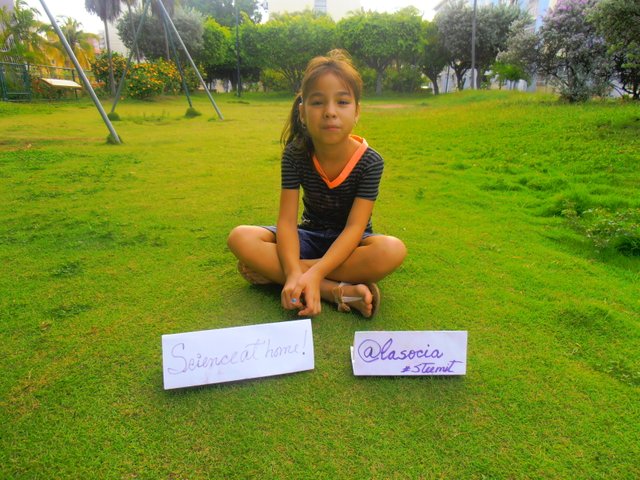
Basic concepts:
What is Air Pressure? Concept:
The air is composed of different particles and these have a specific mass. The set of all of them is enveloping the Earth, generating a weight on it. When these particles collide on a surface they generate a force called pressure.
The pressure of the air influences the weather, it will be different for sunny days than for rain, and it changes with the passing of the hours. That's why we can wake up with a sunny day and lie down listening to the rain.
There are pressure gauges. In the case of weather, the pressure is measured with a barometer.
And how can we explain this so that the children understand it?
Building a barometer is very simple and we can explain how the air changes pressure. Also, if we use it during different days when the weather is different, sunny or cloudy, we will see that the marker changes.
We can also explain that air has strength and this is because it has weight. That is why the branches of trees break in windy days because in this case, having greater speed, the force will be greater.
Yes now!! let the fun begin with the experiment!
Air pressure experiment: inflates a balloon into a bottle
This experiment is very fun for the children because in the end there is a water eruption. I assure you that they will want to repeat it a lot of times. In addition to having a great time, children learn that air takes up space and exerts pressure.
To inflate a balloon inside a bottle you need:
Materials:
- 2 balloons
- 2 half-liter plastic bottles
- You can use larger bottles but young children handle them worse.
- Tool to make a small hole in the bottles like auger, nail and hammer, screwdriver, corkscrew ...
- Water.
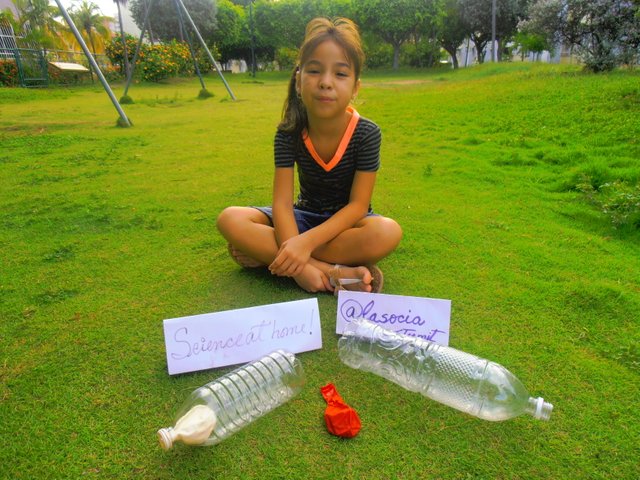
Process:
Drill a hole in the base or on the side of one of the bottles. The goal is to not see it, to go unnoticed as long as possible. If the children are small it is better to make the hole on one side so that it is easier for them to cover it in the second part of the experiment.
Insert a balloon into each bottle with its opening hooked in the mouth of the bottle.
Propose the children to inflate the balloons, only those who have the bottle with the hole will get it.
Ask them to tell you why this happens. You will be surprised at how quickly the solution is found. Inflate the balloon and when you have finished cover the hole with a finger. The balloon will remain bloated.
Fill the balloon with water and when you are ready uncover the hole.
A jet of water will shoot out of the balloon. This part of the experiment is, of course, the one that children like the most. I recommend you do the experiment outdoors, in the sink or in the bathtub so as not to wet the house.
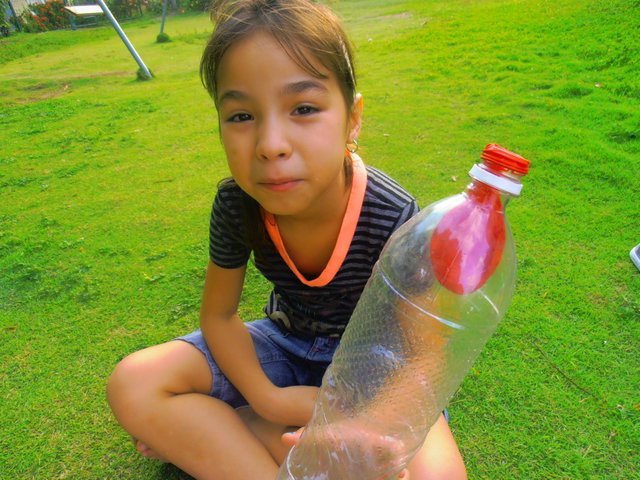
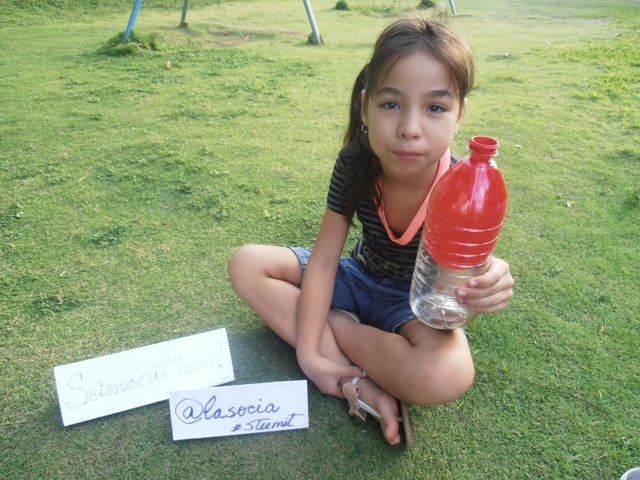
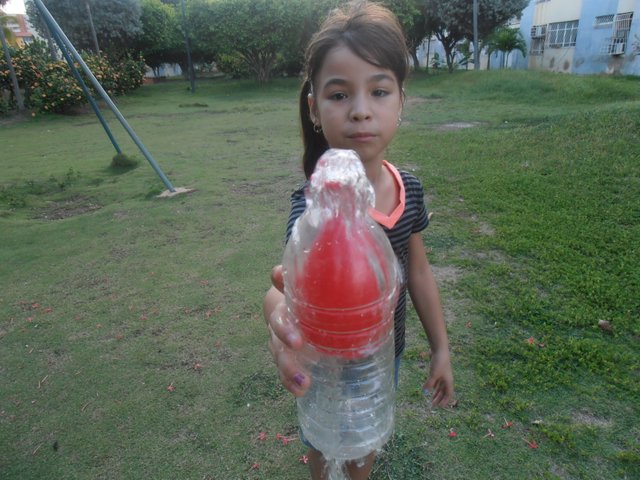
Because it happens?
In the bottle without a hole the balloon can not be inflated because the bottle is already full of air and it is not possible to add more, our lungs can not fight against the pressure of the air inside. However, if the bottle has a hole, the air that was inside can escape to the outside leaving room free for the balloon to inflate. Put your hand near the hole of the bottle you will feel the flow of the air that goes away.
When you cover the hole, the pressure of the air inside the bottle is equal to the pressure of the air outside (the atmospheric pressure). But this situation does not last long because at that moment something else also happens: the balloon, being elastic, tends to recover its shape and shrinks slightly. The air trapped in the bottle has more room to occupy. By the law of Boyle-Mariotte we know that, at the same temperature, if the volume occupied by a gas increases, its pressure decreases. So, now the pressure inside the bottle is less than the atmospheric pressure, so the air inside does not push the balloon as strongly as the outside air and in this way the balloon stays inflated. If you now open the hole, the air will enter the bottle increasing the pressure and push the balloon to collapse and let out the air or water inside.

To enjoy science is not necessary to have a laboratory, you will be surprised at the amount of experiments that can be done with a few homemade materials. So do not wait any longer, get down to work and have fun with your children or students.


- Pages reference:
Downvoting a post can decrease pending rewards and make it less visible. Common reasons:
Submit
Awesome post, well done.
Downvoting a post can decrease pending rewards and make it less visible. Common reasons:
Submit
Downvoting a post can decrease pending rewards and make it less visible. Common reasons:
Submit
Awesome! What a fun activity!
Downvoting a post can decrease pending rewards and make it less visible. Common reasons:
Submit
If you would like to support the educational community by delegating to @steemiteducation, please click on any of the following links. This will ensure that more teachers are supported on a daily basis.
100SP 200SP 300SP 400SP 500SP 750SP 1000SP 2000SP 3000SP 4000SP 5000SP 10,000SP 25,000SP
Downvoting a post can decrease pending rewards and make it less visible. Common reasons:
Submit